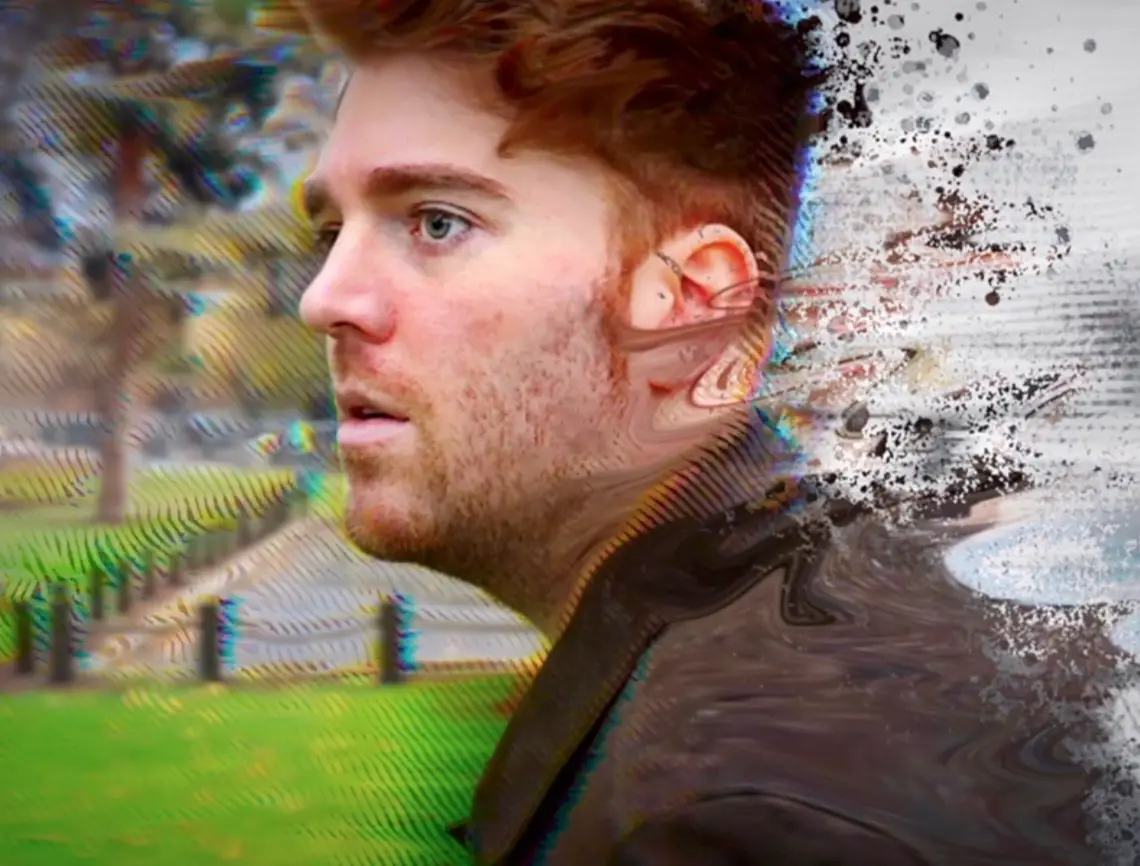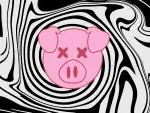Shane Dawson has dominated the YouTube scene since 2010. As YouTube and social media evolved, so did Dawson. Since 2017, he has been pioneering YouTube docu-series, and his most notable docu-series have been about the lives of Jeffree Star and Jake Paul.
This year, Dawson has endeavored to step up his conspiracy-theory game with a new docu-series: “Conspiracy Theories with Shane Dawson.” The series differs from his traditional conspiracy theory videos; the new productions are much longer, and instead of just discussing the conspiracies, he investigates them firsthand. On Jan. 30, he released Part 1 of the series, which received mixed reviews. Part 2, “Investigating Conspiracies with Shane Dawson,” was released at the beginning of February.
Both documentaries are longer than an hour and a half, and many would argue, myself included, that it is time well spent. Conspiracies make for intriguing content, but just because it’s entertaining doesn’t mean it’s true.
Here are the conspiracy theories discussed in Dawson’s latest video from least to most believable.
1. Voice-training technology
According to this theory, you can create a digital voice almost indistinguishable from your genuine voice. If true, this technology could be misused in harmful ways. Digital voice recordings are often used as evidence and as security measures, so digital voice manipulation could be used to frame or threaten anyone. This theory is only believable if the recordings sound authentic, which is what Dawson sets out to discover.
The theory already seems believable when viewers see Adobe Voco’s demo video. The digital voice that they demonstrate sounds eerily accurate, but the clip only shows variations of a sentence that the person actually said. Then, Dawson lets his audience know that Adobe has not yet released the software, which seems suspicious in this context.
If you visit Adobe’s blog, however, it appears they don’t have much to hide. They share sneak peeks to Voco, alongside several other programs that haven’t been released yet. In addition to this, there is a segment at the end of the demo video that Dawson doesn’t show where Mr. Jin explains that Adobe is taking measures to make sure their technology can’t be used in harmful ways. He described it as an audio watermark, and because it has not been perfected, it’s logical that the software hasn’t been released yet.
Further hurting the believability of this theory is Dawson’s own investigation. He tests out a similar program, Lyrebird, that has been open to the public since 2017. The short phrases and words that he plays do sound somewhat realistic, but fuller sentences sound disjointed and unnatural. As shown in the video, the recording couldn’t even fool someone on the phone. This conspiracy is rooted in real concerns about the advancement of technology, but for now, it seems that everyone’s voice will remain their own.
2. Chuck E. Cheese Pizza
This theory has been around a long time and is disturbing. Some believe that Chuck E. Cheese collects uneaten pizza slices, splices them back together to form a new pizza and then reheats and reserves the pizza. A lot of people have apparent evidence for this theory in the photographs they have taken of Chuck E. Cheese pizza. Without a doubt, the pizza slices often don’t match up. The photographs, however, are only evidence that the pizza slices are dissimilar; they do not prove that Chuck E. Cheese recycles pizza.
When Dawson goes to the restaurant himself, the theory becomes a lot more believable. He is served a mismatched pizza. When he puts the leftover pizza on a neighboring table, the waiter suspiciously walks past, looks at the pizza and taps the table with his finger. This is odd behavior, but Dawson’s recording does not show him picking the pizza up. Even if it did, the audience still wouldn’t be able to know if that pizza got thrown away.
https://www.youtube.com/watch?v=MvKfzErkMEw
Chuck E. Cheese has responded to this theory, but their answer isn’t super comforting: “The claims made in this video about Chuck E. Cheese’s and our pizza are unequivocally false. No conspiracies here — our pizzas are made to order and we prepare our dough fresh in restaurant, which means that they’re not always perfectly uniform in shape, but always delicious.”
If the dough is prepared fresh in restaurant, as it is at most restaurants, why is it that Chuck E. Cheese is the only one without uniform slices? This answer simply doesn’t cut it. Some Chuck E. Cheese employees have emerged with their own explanations, saying that after the pizzas are cut by a pizza rocker, they are hastily slid onto the serving tray. Due to lack of care and the type of pizza they serve — a thinner, floppier dough — the pieces of pizza get out of order and land on top of each other, so the employees must put all of the pieces back into place.
Surely, this happens at other restaurants. One would think the employee just needs to push the pieces back into a tight circle, which means they should still line up if they were cut together. While there is no true evidence of the Chuck E. Cheese conspiracy theory, Dawson certainly provides a compelling argument, and the restaurant’s response does not provide enough answers for people to believe them.
3. Brittani Louise Taylor’s Story
This conspiracy is by far the most believable and actually was put to rest when Taylor published her whole story in her book, “A Sucky Love Story: Overcoming Unhappily Ever After.” Before then, the YouTuber got engaged and then disappeared from the internet for a while, which caused fans to speculate what had happened to her.
Taylor confirms that her book is verified with court documents, witness statements and more, so it’s safe to assume that the conspiracy is no longer a conspiracy. She reveals parts of her story in Dawson’s video. The reason she disappeared and caused speculation was because she was legally obligated to do so, and she also wanted to protect herself and her child from her ex-fiancé.
Dawson’s inclusion of Taylor’s story in “Investigating Conspiracies with Shane Dawson” is questionable. It doesn’t fit well with the Chuck E. Cheese pizza and digital voice theories. Additionally, Taylor put an end to the conspiracy herself quite a while ago through her own YouTube platform and her book. Perhaps Dawson was trying to bring her story to a wider audience, which is commendable because it’s a story of resilience and a warning of the dangers of online dating.
More believable conspiracies engage the audience in a stronger way. Dawson caters to this through the theories he chooses to investigate and what he does and does not show regarding the theories. Many viewers are anticipating Part 3 of the series and the new conspiracies it will reveal.
















